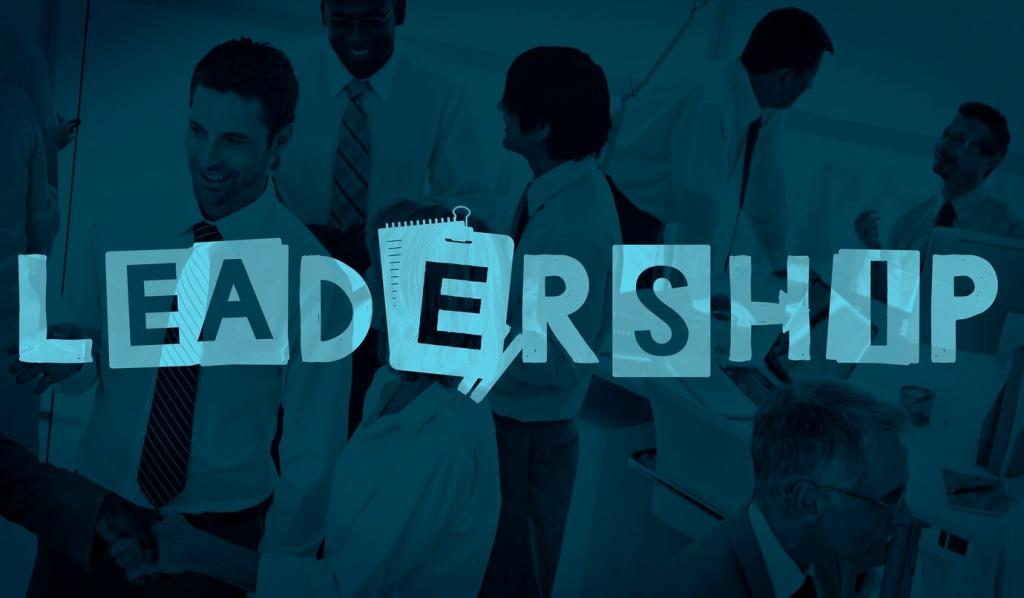Sustain Momentum: Accountability, Recognition, and Resilience
Pair participants to check progress on commitments after the session. Gentle peer pressure outperforms top-down reminders. Serena and Max exchanged quick weekly voice notes, keeping experiments alive when schedules got messy and celebrating small wins together that compounded into real improvement.
Sustain Momentum: Accountability, Recognition, and Resilience
End meetings with a win round: name one concrete behavior observed and its impact. Specific recognition rewards principles, not popularity. After Rosa praised Jamal’s concise briefings, others adopted the practice, shortening debriefs and improving decisions across teams with palpable, consistent momentum.
Sustain Momentum: Accountability, Recognition, and Resilience
When experiments fail, host a blameless postmortem: what surprised us, what did we learn, and what will we try next. Leaders model steadiness under pressure. Share your toughest lesson below and subscribe for weekly resilience prompts that turn stumbles into systems-level learning.




